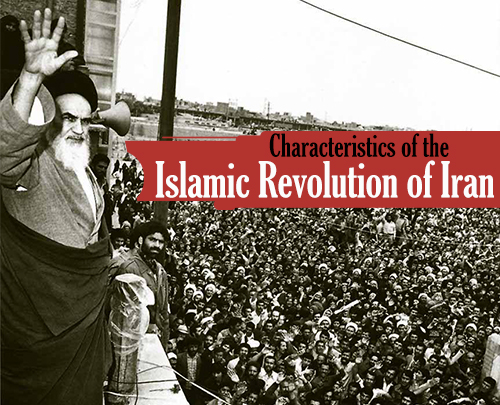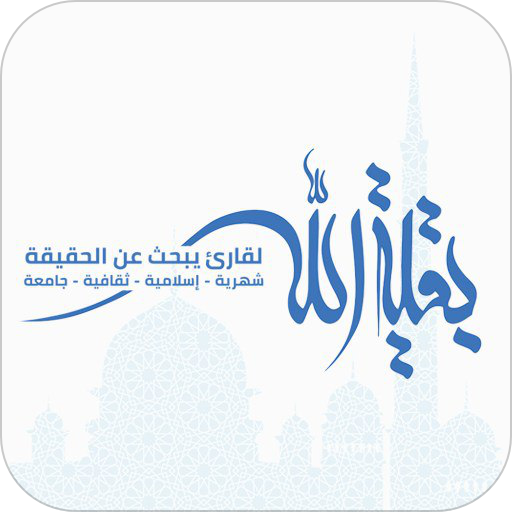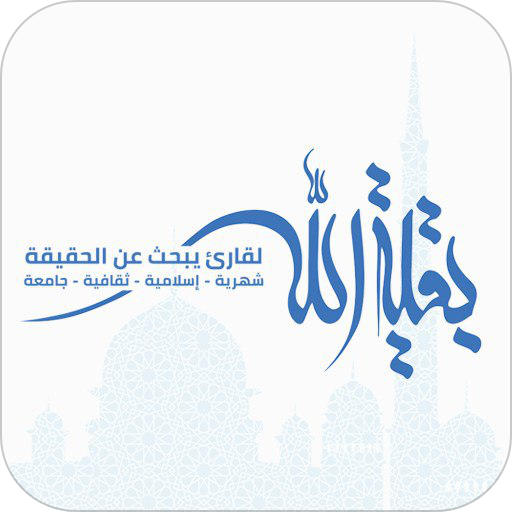Conditions now seemed appropriate for Imam Khomeini to return to Iran and
preside over the final stages of the revolution. After a series of delays,
including the military occupation of Mehrabad airport from January 24 to 30, the
Imam embarked on a chartered airliner of Air France on the evening of January 31
and arrived in Tehran the following morning. Amid unparalleled scenes of popular
joy - it has been estimated that more than ten million people gathered in Tehran
to welcome the Imam back to his homeland – he proceeded to the cemetery of
Bihisht- Zahra to the south of Tehran where the martyrs of the revolution lay
buried. There he decried the Bakhtiyar administration as the “last feeble gasp
of the Shah’s regime” and declared his intention of appointing a government that
would “punch Bakhtiyar’s government in the mouth."
The appointment of the provisional Islamic government the Imam had promised came
on February 5. Its leadership was entrusted to Mahdi Bazargan, an individual who
had been active for many years in various Islamic organizations, most notably
the Freedom Movement (Nahzat-i Azadi).
The decisive confrontation came less than a week later. Faced with the
progressive disintegration of the armed forces and the desertion of many
officers and men, together with their weapons, to the Revolutionary Committees
that were springing up everywhere, Bakhtiyar decreed a curfew in Tehran to take
effect at 4 p.m. on February 10. Imam Khomeini ordered that the curfew should be
defied and warned that if elements in the army loyal to the Shah did not desist
from killing the people, he would issue a formal fatwa for jihad. The following
day the Supreme Military Council withdrew its support from Bakhtiyar, and on
February 12, 1979, all organs of the regime, political, administrative, and
military, finally collapsed. The revolution had triumphed.
Clearly no revolution can be regarded as the work of a single man, nor can its
causes be interpreted in purely ideological terms; economic and social
developments had helped to prepare the ground for the revolutionary movement of
1978-79. There was also marginal involvement in the revolution, particularly
during its final stages when its triumph seemed assured, by secular,
liberal-nationalist, and leftist elements. But there can be no doubting the
centrality of Imam Khomeini’s role and the integrally Islamic nature of the
revolution he led. Physically removed from his countrymen for fourteen years, he
had an unfailing sense of the revolutionary potential that had surfaced and was
able to mobilize the broad masses of the Iranian people for the attainment of
what seemed to many inside the country (including his chosen premier, Bazargan)
a distant and excessively ambitious goal. His role pertained, moreover, not
merely to moral inspiration and symbolic leadership; he was also the operational
leader of the revolution. Occasionally he accepted advice on details of strategy
from persons in Iran, but he took all key decisions himself, silencing early on
all advocates of compromise with the Shah. It was the mosques that were the
organizational units of the revolution and mass prayers, demonstrations and
martyrdom that were - until the very last stage - its principal weapons.
* Source: coiradio.com


















